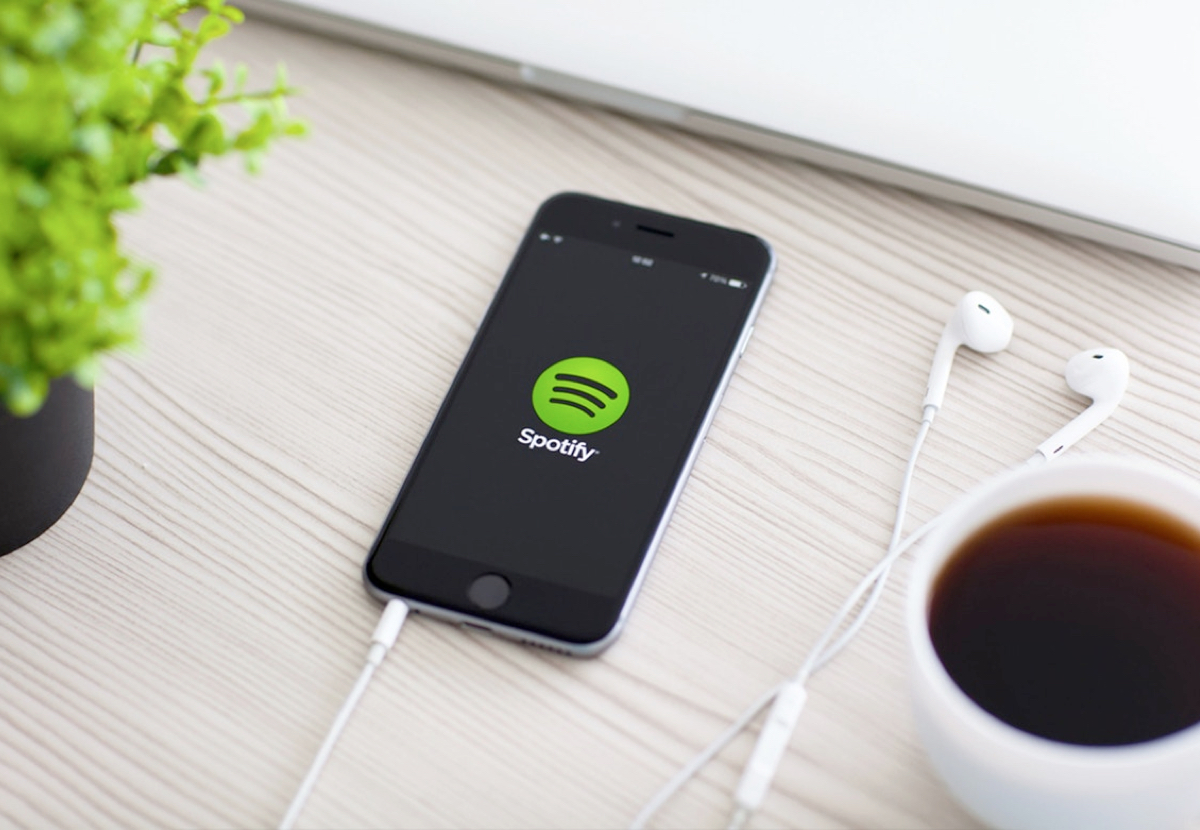


Taylor Swift demonstrates that while Spotify has 40MM users, she has a direct connection with 46.3M followers, known as the Taylor Nation. As a brand, her direct connection with people is so strong that she controls the balance of power in the distribution chain. This is a very strong statement and a real truth that all distribution businesses will quickly need to come to terms with.
In a recent article in the Financial Times about Taylor Swift flexing her brand muscle to show Spotify that she is not pleased with how they are valuing her art, she pulled off her newly released album 1989 and her previous four albums from Spotify. Her fight with Spotify resulted in the sale of over a million copies of the album making it the first album to sell that much this year. In a testament to how times have changed, back in 1989, every album that reached number one on the US charts sold at least that many.
So what does Taylor Swift have to do with Indian e-commerce?
Taylor Swift demonstrates that while Spotify has 40MM users, she has a direct connection with 46.3M followers, known as the Taylor Nation. As a brand, her direct connection with people is so strong that she controls the balance of power in the distribution chain. This is a very strong statement and a real truth that all distribution businesses will quickly need to come to terms with.
It is not a new concept. In the West, every retailer from pharmacies such as Walgreens to department stores such as Macy’s have created their own private label brands to boost margins and ensure some control over the customer relationship. This story takes time for retailers to develop: to first get scale in distribution then begin to understand product manufacturing and merchandising and finally balance the brand power.
In an online world this process is on hyper-drive. What took offline retailers decades to get to in terms of scale and competence, online channels are achieving in years and sometimes even just months.
So how does this apply to India? Well, to start with let’s recognize that distribution in India looks very different than it does in most markets around the world. We are 94% fragmented and do not seem to be getting organized offline in a hurry. This is primarily due to rapid urbanization, insane real estate prices and difficult infrastructure that won’t easily enable low cost suburban malls to address the growing wants of the country. A by-product of this extreme fragmentation is that we have fewer large-scale brands. The largest apparel brand in the country is $700MM- a small fraction of the $13B apparel market — demonstrating the massive brand fragmentation that exists in the Indian market.
The advent of more connected users with greater ‘wants’ will enable online retailers to create the first organized channel of real scale. As retailers create this organized channel they will realize that access to large groups of consumers permits them to be among the first companies in India to create truly national scale consumer brands.
This means that the e-commerce opportunity in India is so much larger than just creating online distribution pipes. It’s about owning the entire chain from manufacturer to consumer under one entity. This is India’s next great leapfrog.
If the retail opportunity was all about location, location, location, then the e-commerce opportunity is all about brand, brand, brand.
What do you think?